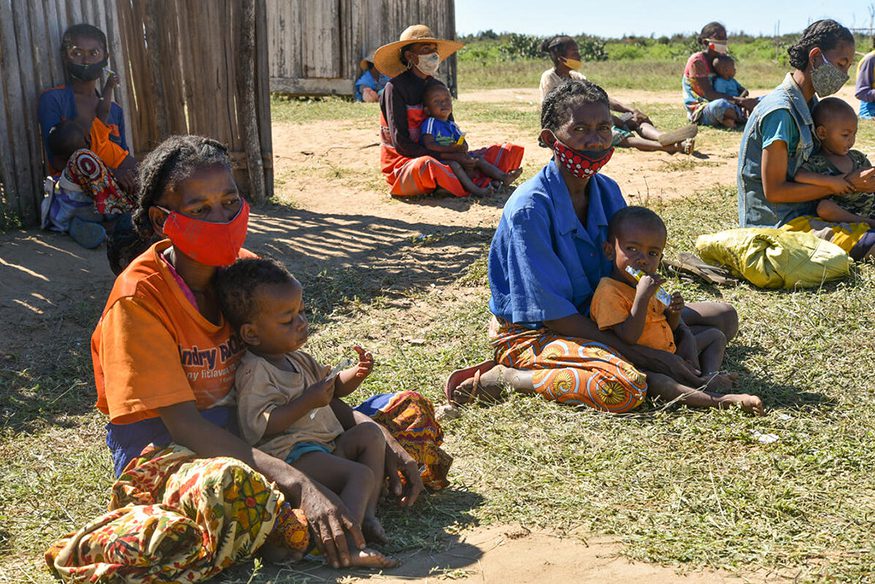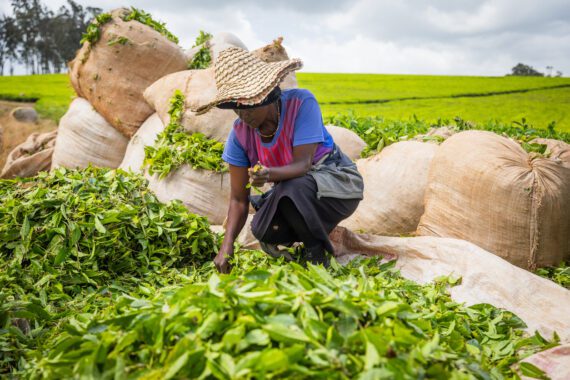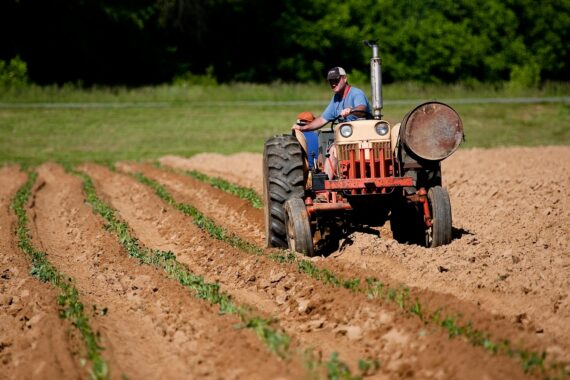By Michele Learner
The availability of effective vaccines against COVID-19 is enabling people in the United States to participate more fully in public, economic, and social life than has been possible at any time since the pandemic began. The country must continue an active vaccination campaign since, at the time of writing, only about 36 percent of the U.S. population is fully vaccinated.
Bread members have been supporting efforts to ensure that people in their neighborhoods and local communities have enough to eat. Hunger rates surged in 2020 and are still high in many areas. People continued to fulfill their pre-pandemic responsibilities, some of these under much more difficult circumstances. Some have also been facing grief, illness, financial insecurity, isolation, and/or other impacts of the pandemic, along with far too many other Americans.
Now that there is a little more time and space for global concerns, anti-hunger advocates are drawing attention to the urgent needs of people, particularly children, with life-threatening hunger and malnutrition.
Bread for the World has written about two essential longer-term areas of focus as the world tries to recover and regain some of the losses of the past year—global vaccine equity, discussed most recently in this blog post, and major improvements in the global food system, the topic of our 2020 Hunger Report, Better Nutrition, Better Tomorrow.
But Bread members have also maintained our steady focus on people in the 1,000 Days, the unique window for human nutrition between pregnancy and age 2. And we must continue to do so. The reason is a simple one: as many Institute Insights readers will recall, malnutrition is a leading cause of preventable death among very young children, and the damage it causes to the development of those who survive is largely irreversible.
When it comes to nutrition, the 1,000 Days are the critical time. Nutrition can’t wait until children are 3 or 4, the ages that may come to mind when people think of early intervention or early education.
The World Food Programme (WFP), in cooperation with several partner organizations including the U.S. Agency for International Development (USAID), publishes a yearly report on people worldwide who face food crises. Many of these people are in the 1,000 Days—pregnant or younger than 2.
This year’s report, WFP said, finds that the agency’s earlier warnings of rising hunger as a result of the pandemic have been validated and “we are watching the worst-case scenario unfold before our very eyes.”
At least 133,000 people were living in a state of catastrophe or famine, meaning that urgent action is needed “to avert widespread death and a collapse of livelihoods.” These people live in South Sudan, Yemen, and Burkina Faso.
At least another 28 million people in 38 countries/territories were considered “one step away” from famine. The report said that humanitarian assistance has helped prevent conditions in some of these areas from worsening.
Young children are most vulnerable in such acute hunger conditions. Often, those with severe malnutrition have greatly weakened immune systems and cannot fight off illnesses that are rarely dangerous in well-nourished children. In the 55 countries and territories included in the Food Crises report, more than 15 million children under 5 had acute malnutrition, meaning that they were far too thin for their height.
We know all this because humanitarian relief programs generally do not have enough resources to help everyone in need, so analysts must identify those in the most urgent situations.
The permanent damage to children’s growth and development caused by malnutrition during the 1,000 Days is known as stunting. In the 55 food-crisis areas covered by the report, more than 75 million children under 5 were stunted in 2020. Many stunted children live in areas considered to be in catastrophe or famine, or in the next step to it, but others live in areas with somewhat lower but still high rates of food insecurity.
Still others, not included in the report’s 75 million statistic, live in areas that do not meet the criteria that defines a food crisis. But while a region may be relatively food secure overall, this does not mean much to poor and/or marginalized families whose children are still at higher risk of stunting.
The report’s author, the Global Network Against Food Crises, calls on the international community to mobilize urgently against hunger. The Global Network and its member organizations seek to prevent, prepare for, and respond to hunger crises. As we have mentioned in recent months, 2021 includes several major opportunities for the global community to respond to urgent needs, such as the Nutrition for Growth Summit and the U.N. Food Systems Summit.
In March of this year, U.N. Secretary-General Guterres established a High-Level Task Force on Preventing Famine, led by the U.N. Under-Secretary-General for Humanitarian Affairs and Emergency Relief Coordinator, Mark Lowcock, in conjunction with a variety of U.N. agencies and nonprofit partners. The goal of the task force is to “bring coordinated, high-level attention to famine prevention and mobilize support to the most affected countries.”
Michele Learner is managing editor with Bread for the World Institute.



